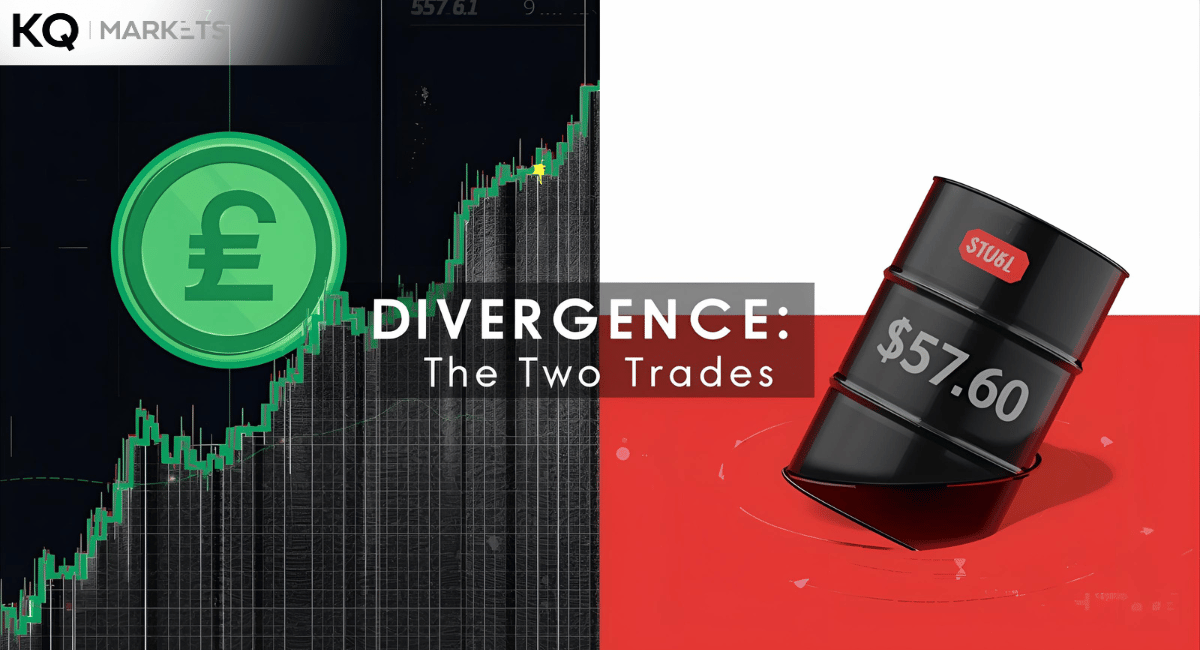As investors prepare for a new round of US economic data and continued uncertainty around the world, gold prices have somewhat retreated from their all-time highs around $3,220. Although there are indications of a technical breather, the precious metal is still trading in a bullish zone.
XAU/USD Technical Overview
Gold (XAU/USD) is still firmly in positive territory on the daily chart. Around 70 is where the 14-day Relative Strength Index (RSI) is currently trading, which is usually a sign of overbought conditions. Still, more gains could be made before a significant cooldown occurs.
The psychological level of $3,250 is where the immediate resistance to watching is located. The $3,300 region may become accessible with a clear break above this zone, which might spark a fresh bullish run.
Conversely, the $3,200 mark appears to be the first area of support. Buyers may re-enter the market near the 21-day Simple Moving Average (SMA), which is currently trading at about $3,061, if there is a more significant decline. The crucial $3,000 support level, which is regarded as a crucial line of defence for bulls, might be put to the test if the correction deepens further.
Market Fundamentals: US Instability Drives Gold Rally
Growing anxiety about the US economy and the larger geopolitical environment has been the driving force behind gold's recent surge.
The independence of the US's financial institutions came under scrutiny this week due to new legal developments. Investor confidence has been shaken and monetary policy expectations have become more uncertain as a result of the Supreme Court's temporary approval for the US President to fire the heads of independent agencies, possibly including Federal Reserve Chair Jerome Powell.
At the same time, as the US-China trade war intensifies, new concerns about a recession have emerged. Global markets are tense as a result of the US imposing 145% tariffs on Chinese imports and Beijing retaliating with 84% tariffs of its own. To lessen the effects, China is also strengthening its trade relations with Asia and Europe.
Meanwhile, expectations for the Fed to make aggressive interest rate cuts have been maintained by weaker-than-expected US inflation data for March. Last month, the Consumer Price Index (CPI) increased by just 0.1%, and the annual rate decreased to 2.4% from 2.8% in February. Gold's appeal as a hedge has increased as a result of traders pricing in several rate cuts by the end of the year, which has further devalued the US dollar.
What’s Next?
Investors will be keeping a close eye on the University of Michigan inflation forecasts and the next US Producer Price Index (PPI). These reports might, however, be overshadowed by ongoing tariff developments and prospective political upheavals in Washington.
A brief increase in the US dollar could limit gold's upside because of end-of-week positioning and the likelihood of profit-taking. However, overall patterns favour the yellow metal as a refuge in the face of market turbulence and tensions in the world economy.
Conclusion
Gold continues to ride the wave of global uncertainty, supported by a weakening dollar, geopolitical instability, and recessionary concerns. While a short-term pullback is not off the cards, the overall trend remains positive. For traders, the coming days may offer key entry points as markets digest new economic data and brace for further policy shifts.
Stay ahead of the curve with the latest updates and expert insights at KQ Markets—your trusted source for global trading analysis.
Elevate Your Trading Strategy with KQ Markets
Gold’s price action reflects broader market dynamics shaped by political developments, economic indicators, and central bank policies. At KQ Markets, we empower traders with real-time insights, professional tools, and strategic guidance to stay ahead.
Why Trade Gold with KQ Markets?
- Access in-depth research on gold and other commodities via our KQ Trader’s Room
- Gain advanced charting and analytical insights with award-winning trading platforms
- Benefit from dedicated account managers and responsive 24/5 customer support
Position yourself strategically in today’s evolving market. Start your Gold Trading journey with KQ Markets today and gain access to exclusive updates, insights, and expert-driven tools.




